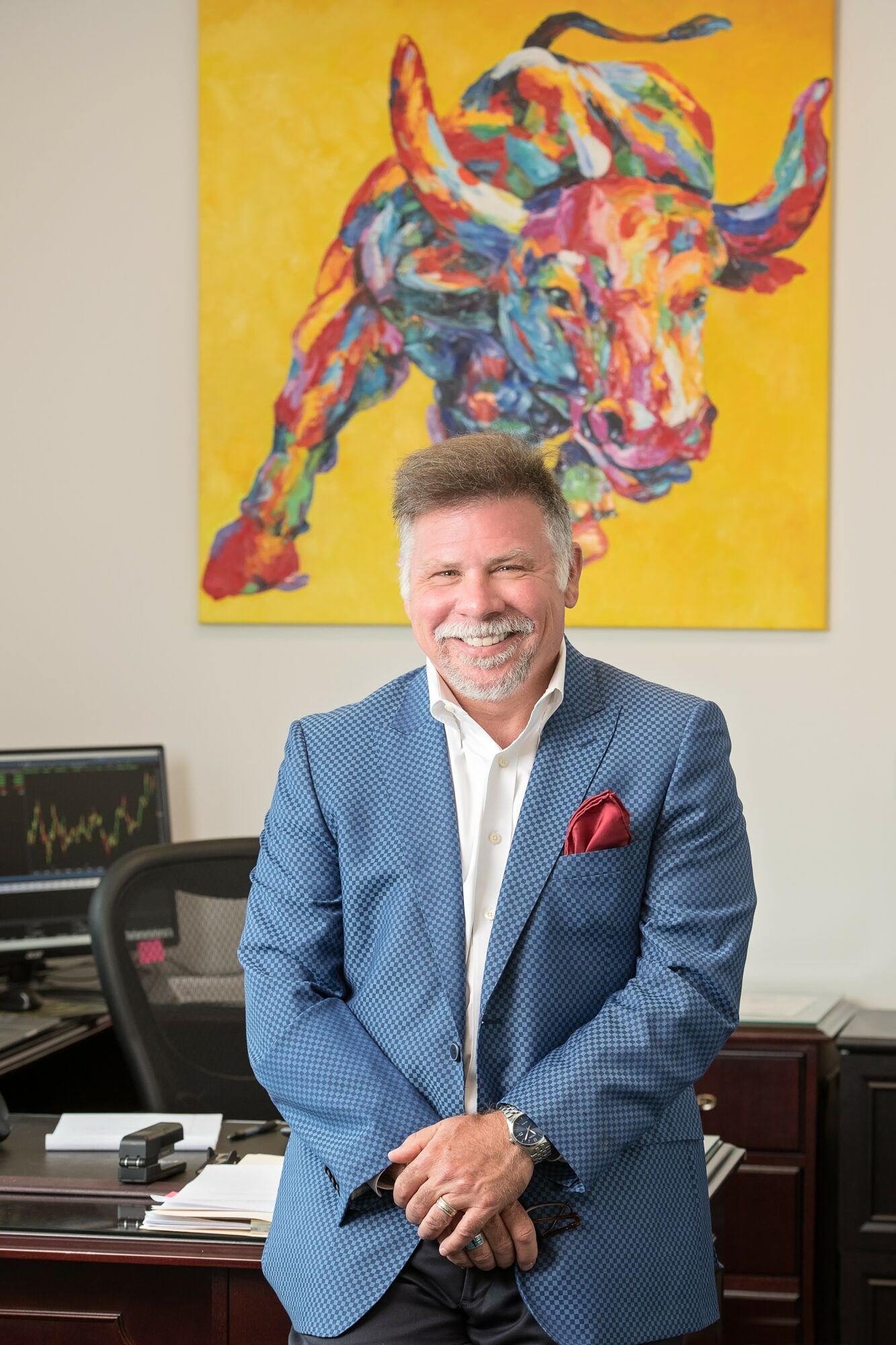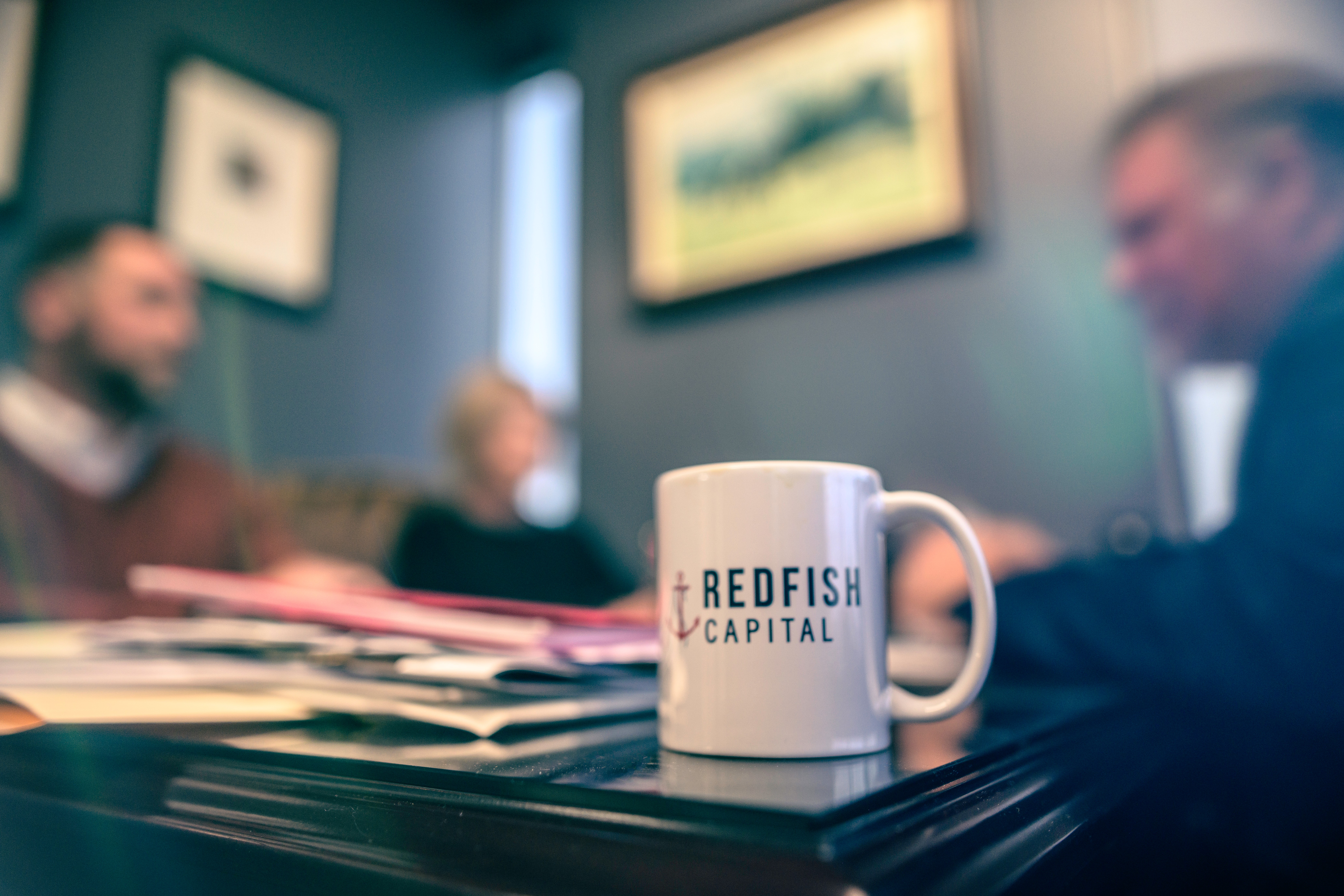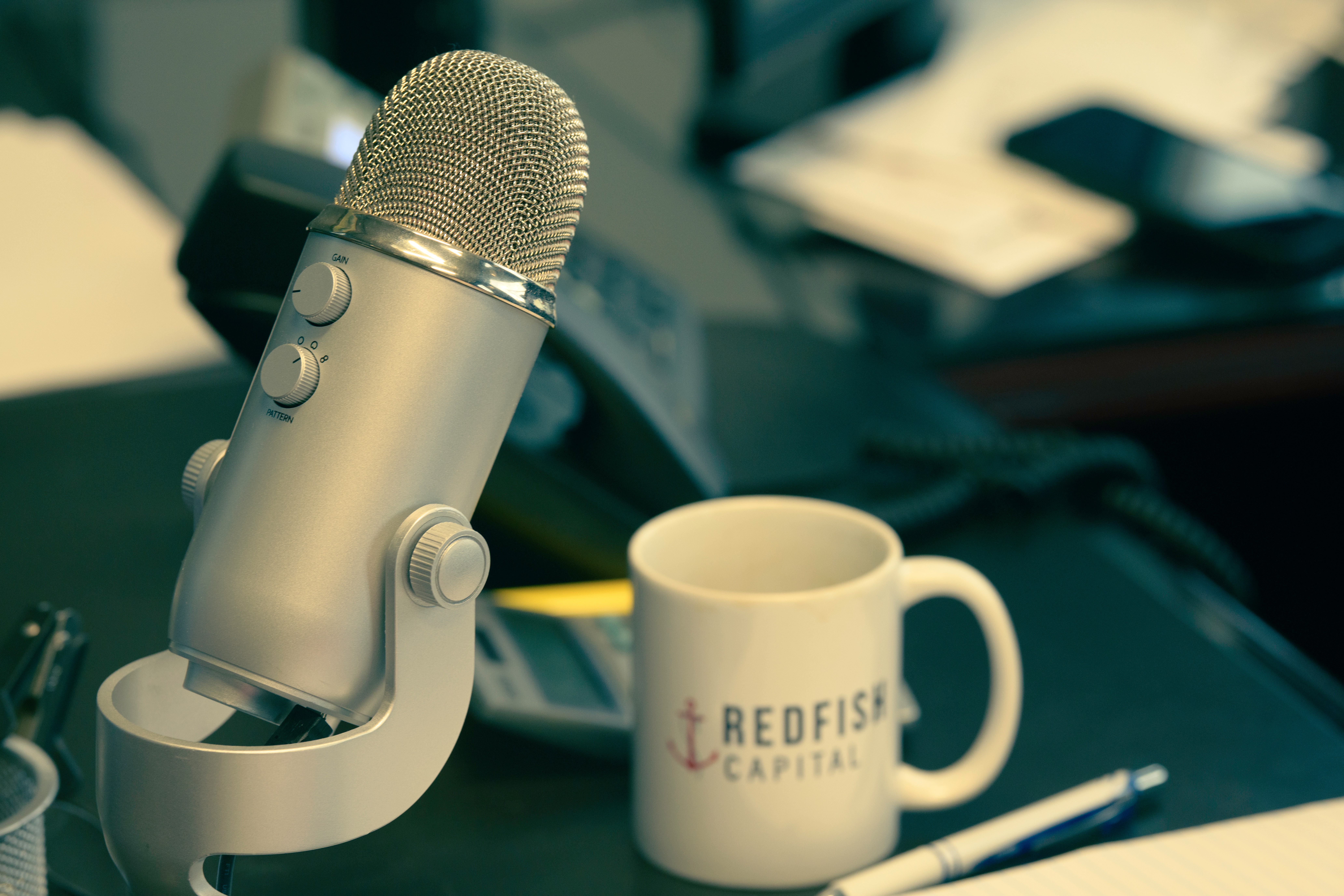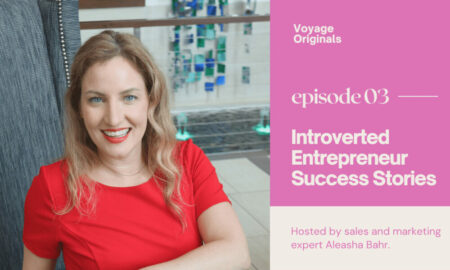

Today we’d like to introduce you to Brad Murrill
Brad, we appreciate you taking the time to share your story with us today. Where does your story begin?
I did not dream or desire to work in financial services. I didn’t even know what that was. I graduated college with a double major in psychology and sociology with the desire to go into therapeutic counseling. It took me a very short period of time to realize that this path though noble was going to be tough on the bill paying front. Looking for direction, I called and spoke with a close family friend. I went to him strictly for advice. He heard me out and then told me he needed to make a phone call and I was to act like I wasn’t there. He called one of his branch offices and told them that he had someone new to interview for a job as a financial consultant. I was beyond shocked. I knew absolutely nothing about financial matters let alone the capital markets. I interviewed and tested and wound up getting a job at what was then called Smith Barney Shearson in 1994 as a FC. I stayed there for 11 years learning all I could about the capital markets and how they ran. I was recruited from there to Wells Fargo where I was to stay for another four years. It was while I was working for Wells that I came up with the idea of creating a family office type firm that would go onto to become Redfish Capital in 2010.
We all face challenges, but looking back would you describe it as a relatively smooth road?
Smooth roads are boring to drive. It’s the twists and turn that make driving fun. Creating a new way to do business in a world where anything new is frowned upon is never easy. However, looking in the rear view mirror, the struggles either through market corrections, various economic crisis, and getting my footing as a solo entrepreneur helped shape who I am and who Redfish is today.
As you know, we’re big fans of Redfish Capital. For our readers who might not be as familiar what can you tell them about the brand?
When I started in this business it was a commission based model. And commissions were high. They could be. This is because there were not very many of us to choose from. There was no such thing as online brokerages (the internet was still in it’s infancy), cell phones were only in cars and very few of them at that, and information was king. By that I mean, whoever, or whichever broker, could get the latest information to you, the investor the quickest generally got the sale and commission. So how it worked was that as the broker, we had a list of clients that we would call and tell them something along the lines of Intel has a new chip that will be faster, blah blah blah. Then buy the stock in their account for them generating a commission. At then end of the day we would add up all our trades (we write them down on cards) and called the client back to tell them that they got the shares and at what price. A confirmation was then mailed to them and they would receive it maybe a week later. This was the model that had been in place for decades and was changing rapidly.
As the investor, they relied on US to bring them ideas as they did not have the means to access the information. The larger the investor, the better off they were. Imagine if you had a list of clients to call that day with the news on a stock that you felt would drive it up. Who do you think got the first call? It wasn’t the guy on the list with the smallest account! The first call went to the best client and then on down the list till the client with the smallest amount of assets. What happened to the stock during that time? It most likely went up and after every buy by the broker as well as hundreds of others, would continue to do so. This resulted in the client with the most money with the broker getting the BEST PRICES as well. The more you had, the better off you were treated. Make sense?
Fee based Accounts
One of the best methods to tackle this issue was through fee-based accounts. Fee based accounts simply charged an annual amount in form of a % of the assets under management. This then allowed the broker to place what we call block trades. In other words, instead of the broker buying shares of Intel for every client throughout the day, they could now simply buy Intel shares at one time at one price and then distribute the shares to the client accounts. This leveled out the playing field as the client with the lowest balance received the exact same price as the client with the highest balance. They were equal.
The other advantage was that under a fee arrangement there could be no more churning of accounts for higher commissions. Churning is trading more than needed thus creating more commissions for the broker and thus driving down the value of the account.
The fee-based model has become the more predominant model in current times.
The Family Office
The basis around a family office works like this. The client pays the office an annual fee that has been agreed upon from inception. Family offices were the way to go for high-net-worth investors. They would in essence pay a fee (say $100,000 a year) to the broker to manage all of their accounts at was in essence no charge. For this fee, the family office would employ a CPA, an attorney, banking services, insurance, a financial plan, and an investment manager. So, if the client had a net worth of $50 million dollars, having all those services for $100,000 or for 0.2% of the assets involved was a great deal. In addition, they also had everything under the same roof with various experts handling the entire estate. The only entrance fee was a vast amount of wealth. Small account holders need not apply.
Your Own Family Office
What I have created is Your Own Family Office. Just because you may not have the wealth to get the fantastic services of a family office doesn’t mean you don’t deserve to. Redfish Capital Management has created this for you
What do you like and dislike about the city?
I am born and raised in Houston, TX and it is still my home. The culture, the food, the people, the music, sports…I love it all. Traffic is well um…traffic.
Contact Info:
- Website: https://www.redfish-cap.com
- LinkedIn: @bradmurrill












